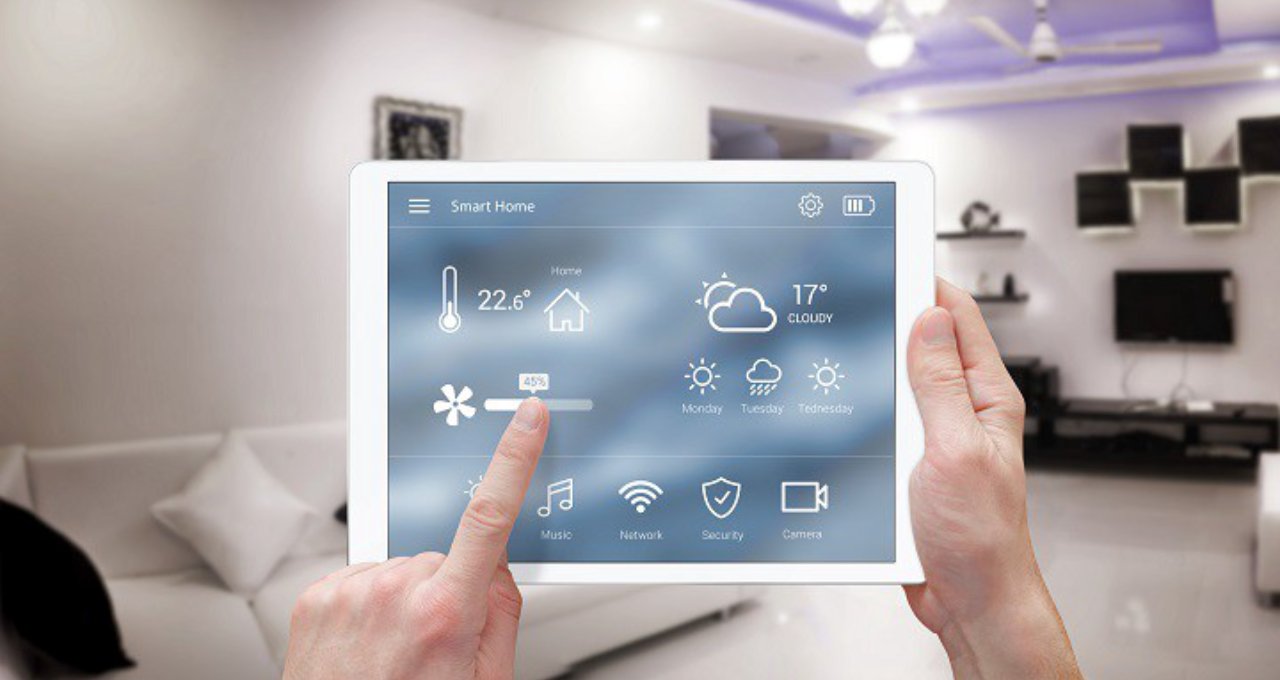The internet of things (IoT) era is here, bringing with it many new opportunities for connectivity between both people and devices.
As Jindrich Fremuth of telco O2 describes in this video, IoT means consumers can look forward to connected (or “smart”) homes that are safer, more comfortable, and more enjoyable.
“IoT in smart homes will become common—as common as mobile phones are today,” he says.
In a smart home, hardware and one or more apps integrate and collaborate, e.g., unlocking your doors and turning on the heat as soon as you drive your car into the garage.

But connecting and configuring different appliances from different manufacturers—and getting them to “talk” to each other—will be complex and confusing.
Addressing complexity
Even with standardized connected-home platforms like Apple’s HomeKit in place, consumer confusion will be commonplace, especially in the early going. Brands like telcos and home-electronics companies that offer connected devices or hubs will need to address this complexity.
Customer conversations offer one potential solution. Enabling conversations on platforms like customer communities will empower IoT users to interact and share best practices—without having to open a support ticket or try to solve issues on their own.
Why are customer conversations a great solution to the complexity of consumer IoT? It’s because of where the industry is at the moment—still in its early stages—and who is involved in getting consumer IoT up and running.
Tapping into the wisdom of early adopters
Those who are embracing IoT today are like the internet pioneers of the early-to-mid-1990s. These were the people who set up the earliest web forums, and in the process, helped deliver the kind of interactivity we now take for granted on the web.
Today’s IoT enthusiasts are tomorrow’s IoT experts, poised to help other consumers set up, manage, and optimize their connected-home setups. The challenge for smart home brands is to find a way to connect these expert customers with their broader user base.
Online communities—the descendants of those early web forums—are one great avenue for this kind of customer-to-customer connectivity. Already, Dutch energy company Eneco employs its customer community to help users with a smart thermostat called Show.
More comprehensive support knowledge
What makes communities useful customer connectors is that they help people get advice from their most knowledgeable peers. As our recent telco benchmark analysis found, the per-user value of a community rises as it matures—both because more people sign up and because the content on the community improves with time.
Communities that are 18 months old or older offer a rich trove of user-generated content, serving as an ever-evolving knowledge base. It’s content that can help people when they have a problem, or even assist shoppers as they make a buying decision.
And this sort of content is ideal for smart-home newbies. By connecting them with more knowledgeable peers, communities empower both learning and engagement.


